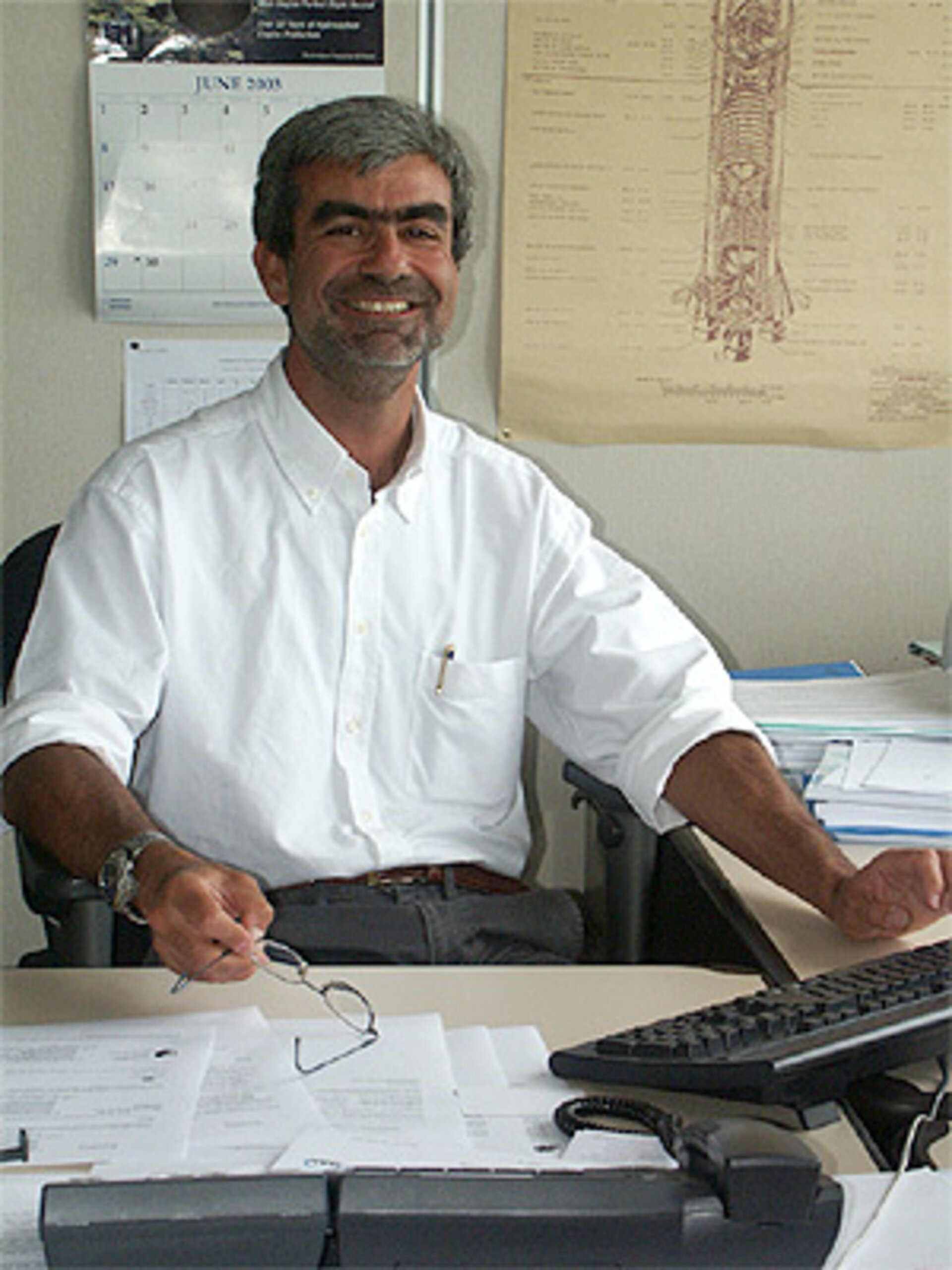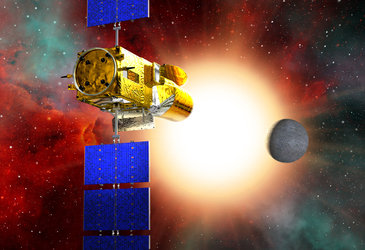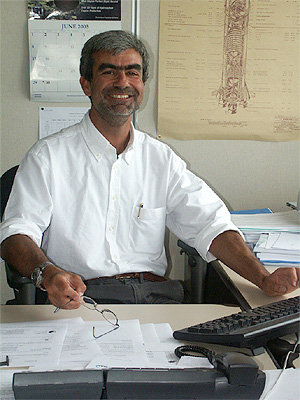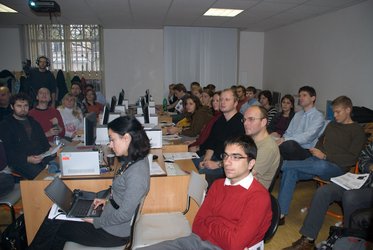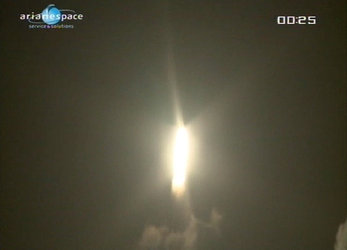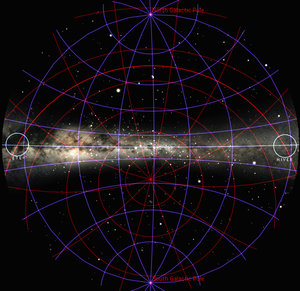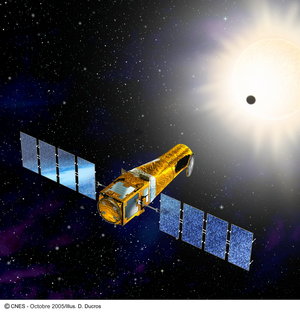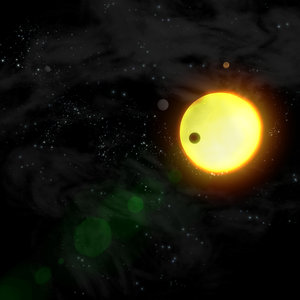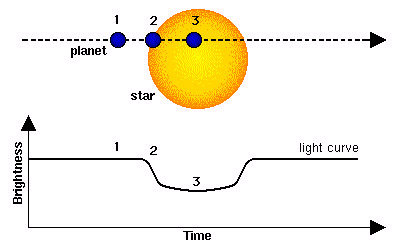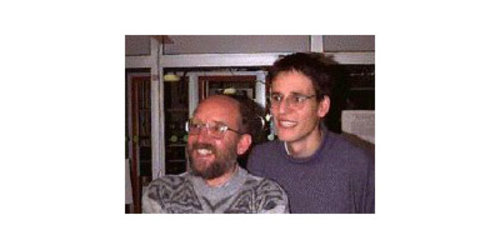The European dimension of COROT: An interview with Fabio Favata
Finding worlds similar to our own has been mankind's dream for ages. The question of understanding if we are alone in the Universe is at the heart of ESA’s scientific programme too.
One of the first steps necessary to answer this quest is launching missions capable of detecting planets orbiting stars different from our own, commonly called 'exoplanets'. For many years already, the search of exoplanets has been an important part of Fabio Favata's professional life. Fabio Favata is ESA's Coordinator for Astronomy and Fundamental Physics missions.
| Fabio Favata, ESA Coordinator for Astronomy and Fundamental Physics missions. Born: 1962 in Palermo, Italy. PhD in Astrophysics, University of Palermo; with ESA since 1987. A high energy astrophysicist by training, he has been working with young stars and star formation for several years, combining space-borne and ground-borne observations at different wavelengths. Initially Project Scientist of Eddington, a mission studied by ESA as a possible successor of COROT, Fabio Favata was the former ESA Project Scientist of COROT itself, until he was appointed as ESA’s Coordinator of the European Astronomical and Fundamental Physics missions in 2006. In his new position, Fabio Favata is following the development of ESA's overall scientific programme in the field of astronomy and fundamental physics, coordinating with the European scientific community, and working to enhance the European dimension of space science both in Europe and worldwide. He is an expert sailor and enjoys travelling the world. |
ESA: What has been your involvement in COROT so far?
Fabio Favata: When the COROT team at CNES asked for an ESA contribution back in 1999, I was appointed ESA Project Scientist, and have since then been following the project closely. As a scientist, I was involved in studying the influence of intrinsic stellar variability (‘stellar activity’) on the detection of exoplanets.
ESA: So, you have been working on exoplanets for years. Why is this field of research so important?
Fabio Favata: It is a somewhat unique field in that, while being of primary scientific importance, the search for habitable planets also has deep philosophical implications, and at the same time it captures the imagination of the public at large. While the goal of actually discovering a planet with evidence of life is a still quite some time away, all the intermediate steps on the way (such as COROT) are very necessary and very important to bring us closer to the final goal of finding life elsewhere in the Galaxy.
ESA: COROT is a mission led by CNES, the French National Space Agency. Are there also other international partners?
Fabio Favata: Yes, a number of them. In addition to ESA, Austria, Belgium, Germany, Spain and Brazil are also partners of CNES in COROT.
ESA: How did ESA come into the loop?
Fabio Favata: ESA is contributing to COROT on two fronts. The first commitment, which was taken early on, comes from the Research and Science Support Department (RSSD) of ESA, who contribute as one of the research groups taking part in the COROT mission; this involvement came about through the scientific interest of a number of RSSD scientists. Then, in 1999, the CNES COROT team responded to an ESA Call for new missions, asking for ESA to support COROT. This proposal was approved by ESA’s scientific advisory structure and resulted in the ESA Science Programme directly contributing to the COROT project.
ESA: Why is it so important for ESA to take part in international missions, in addition to developing its own missions?
Fabio Favata: One of the goals of the ESA Science Programme is the advancement of European science at large. In exchange for the provision of ESA’s support and expertise, the whole European scientific community (rather than only scientists from the involved countries) becomes a partner in projects such as COROT, greatly increasing the science return from the mission. This allows for synergies with other scientific endeavours taking place in Europe, and creates a ‘multiplier’ effect, in which the total science return is greater than the sum of the parts.
ESA: In the case of COROT, what was ESA's contribution to the mission, and what did it ‘obtain’ in return?
Fabio Favata: As I said before, there are two elements which make up ESA’s contribution to COROT: ESA’s RSSD supplied the Data Processing Unit for the payload, while the ESA Science Programme supplied the optics of the COROT telescope as well as support for the test activities of the payload. In return, scientists from all ESA member countries have been allowed to participate in the COROT mission. For example, ESA has nominated a number of Co-Investigators for COROT through a competitive process. They come from Switzerland, Denmark, Portugal and the United Kingdom. In addition, European scientists have all been allowed to respond to the COROT Announcement of Opportunity for ‘Additional Programmes’.
ESA: ESA has been conducting studies for missions like Eddington and Darwin, both with the goal of searching for exoplanets with different techniques, and it is now participating in COROT. In your new position as Astronomy Missions Coordinator, how do you see the future of exoplanet search at ESA?
Fabio Favata: The search for exoplanets, and in particular the search and characterisation of those which are habitable, figures prominently in the goals of the ESA Science Programme, as detailed in the ‘Cosmic Vision 2015-2025’ plan. Through its involvement in COROT, as well as through the Herschel and GAIA missions, ESA is contributing to the advancement of the field in the timeframe up to 2015. The details of how each of the science goals of the Cosmic Vision plan will be implemented depend on the response of the community to the next Call for Missions, planned to be released in early 2007.
ESA: How did you become interested in astronomy and exoplanets?
Fabio Favata: I guess I caught the bug while still a child – one of my most vivid childhood memories is of a black and white TV screen on a hot July night, showing Armstrong stepping out of the LEM…


